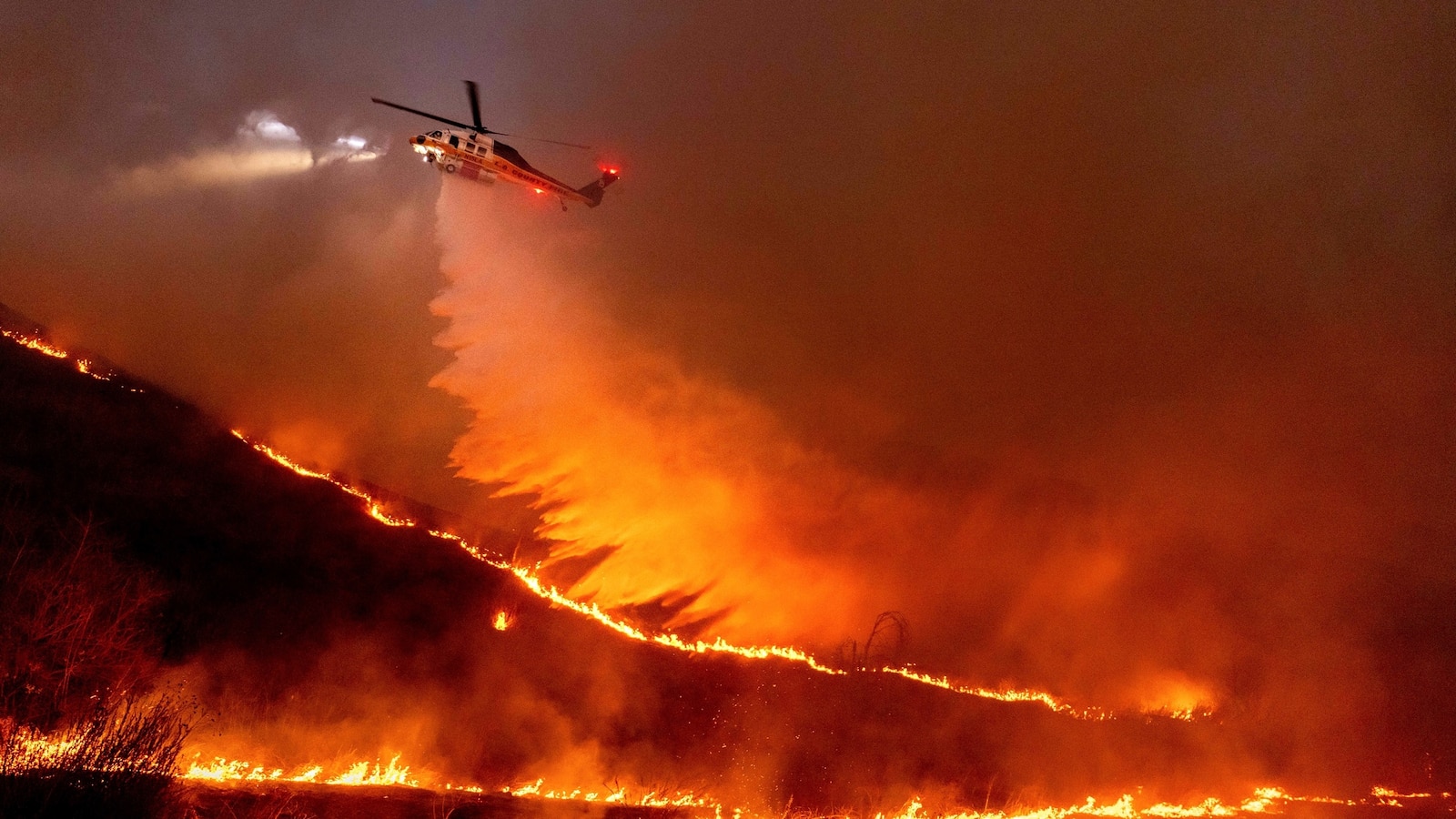Unraveling the Myths: The Truth Behind California’s Wildfire Claims
As California continues to face devastating wildfires, misconceptions abound. This article explores five prevalent claims about these disasters, shedding light on the realities and the science behind them. With climate change intensifying the frequency and severity of wildfires, understanding the truth behind these claims is essential for effective policy-making, community preparedness, and personal safety.
Claim 1: All Wildfires Are Caused by Climate Change
One common belief is that all wildfires in California are a direct result of climate change. While it is undeniable that climate change plays a significant role in exacerbating wildfire conditions, the reality is more nuanced. Numerous factors contribute to the ignition and spread of wildfires, including:
- Human Activity: A large percentage of wildfires are ignited by human activities, such as campfires left unattended, discarded cigarettes, and power line failures.
- Natural Causes: Lightning strikes are a natural source of ignition that can spark wildfires, especially during dry seasons.
- Vegetation Management: Areas with dense vegetation can become prone to wildfires if not properly managed, regardless of climate conditions.
While climate change increases temperatures and leads to drier conditions, it is essential to recognize the multitude of factors contributing to wildfire risks. Strategies that focus solely on climate change may overlook crucial aspects of wildfire management and prevention.
Claim 2: Wildfires Only Affect Rural Areas
Another prevalent myth is that wildfires primarily impact rural or wilderness areas, leaving urban environments relatively safe. However, California’s wildfires have increasingly encroached upon suburban and urban neighborhoods, resulting in significant property damage and loss of life. For instance, the 2018 Camp Fire devastated the town of Paradise, demonstrating that wildfires can—and do—strike populated areas.
Key points to consider include:
- Urban-Wildland Interface: Many homes are located near wildland areas, creating a hazardous interface where wildfires can spread rapidly into neighborhoods.
- Infrastructure Vulnerability: Urban areas often have infrastructure that can be compromised by wildfires, including power lines and gas pipelines.
- Evacuation Challenges: The presence of wildfires in urban settings complicates evacuation efforts, creating chaos and danger for residents.
Understanding that wildfires can threaten urban settings is vital for residents to take appropriate precautions and stay informed about local fire risks.
Claim 3: Firefighting Efforts Are Always Effective
While firefighters are incredibly skilled and dedicated, the belief that firefighting efforts are always successful is misleading. Firefighters face numerous challenges, including:
- Weather Conditions: High winds, low humidity, and extreme temperatures can hinder firefighting efforts and cause fires to spread rapidly.
- Terrain: Steep and rugged terrain can make access difficult, limiting the effectiveness of ground crews.
- Resource Limitations: During massive wildfires, resources can become strained, affecting response times and overall effectiveness.
It is crucial to appreciate the complexities of firefighting and understand that while they strive to protect lives and property, their efforts can be hampered by uncontrollable factors.
Claim 4: Wildfires Are a Natural Part of the Ecosystem
Many people believe that wildfires are a natural and beneficial part of ecosystems, which is partially true. Wildfires do play a role in maintaining certain ecosystems, as they can promote new growth and eliminate invasive species. However, the current scale and intensity of wildfires in California are not typical of historical fire patterns.
Key considerations include:
- Fire Suppression Policies: For decades, aggressive fire suppression has led to the accumulation of fuel loads in forests, making wildfires more intense when they do occur.
- Climate Change Impact: The changing climate has resulted in hotter, drier conditions, which contribute to more frequent and severe wildfires than in the past.
- Ecological Imbalance: While some ecosystems benefit from fire, others are negatively impacted, particularly when fires become too intense or occur too frequently.
It is essential to strike a balance between recognizing the ecological role of fire and addressing the adverse effects of increasingly severe wildfires.
Claim 5: Prevention Measures Are Futile
A pervasive myth is that there is nothing individuals or communities can do to prevent wildfires, leading to a sense of hopelessness. In reality, proactive measures can significantly reduce the risk of wildfires and their potential impact. Some effective strategies include:
- Creating Defensible Space: Homeowners can create defensible space around their properties by clearing flammable vegetation and maintaining landscaping.
- Community Preparedness: Communities can engage in wildfire preparedness programs that educate residents on evacuation plans and emergency kits.
- Vegetation Management: Local governments and organizations can implement controlled burns and thinning programs to reduce fuel loads in vulnerable areas.
By adopting a proactive mindset toward wildfire prevention, individuals and communities can enhance their resilience against wildfires.
Conclusion
As California grapples with the reality of wildfires, it is crucial to unravel the myths surrounding these disasters. Understanding the complexity of wildfire causes, impacts, and management strategies enables residents to make informed decisions and take meaningful action. Through a combination of community engagement, effective policies, and personal preparedness, we can foster a more resilient California capable of facing the challenges posed by wildfires.
By shedding light on the truth behind these claims, we empower ourselves and our communities to navigate the challenges of wildfires with knowledge and action. In doing so, we can cultivate a safer and more prepared environment for all Californians.
See more Your Daily Weather



